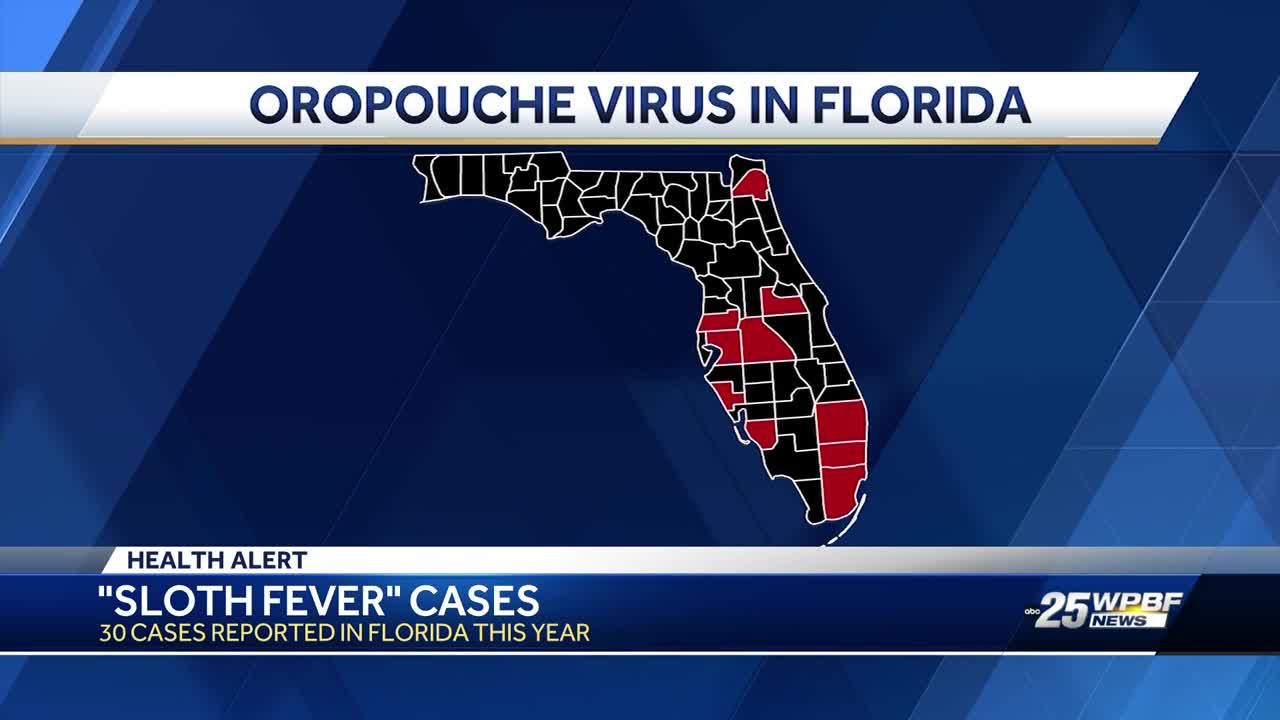
Understanding the Rising Threat of Sloth Fever: What You Need to Know
In recent months, health officials have been raising alarms about a troubling uptick in cases of a disease known as "sloth fever," officially referred to as Oropouche virus. This virus, which originates from sloths in tropical regions, has been making headlines due to its spread among travelers returning to the U.S. from Cuba and other parts of South America.
So, what exactly is Oropouche virus? Discovered in 1955 in Trinidad, the Oropouche virus is named after the village of Oropouche, where it was first identified. Despite its nickname, sloth fever, the virus is primarily spread by small biting flies called midges and some mosquitoes, not directly by sloths. It was initially believed that sloths played a crucial role in the virus’s transmission between insects and animals, but the primary vector remains these tiny biting insects.
Also Read:- Rob Ninkovich's Fiery Take on Mac Jones: 'I’ll Smack the S–t Out of Him'
- Meg Lemon's Silver Surprise at Paris Paralympics 2024
The virus's symptoms can mimic those of other tropical diseases such as dengue, Zika, or malaria. Common signs include fever, headaches, muscle aches, rash, diarrhea, nausea, and vomiting. Although severe cases are less common, they can include more serious symptoms like bleeding, meningitis, and encephalitis. Thankfully, it is rarely fatal, though recent reports indicate a few deaths in Brazil among otherwise healthy young individuals.
To date, there have been approximately 8,000 cases reported across Bolivia, Brazil, Colombia, Cuba, and Peru. In the U.S., 21 cases have been documented, primarily in Florida and New York, all linked to travel in Cuba. European countries have also reported cases among travelers, highlighting the virus’s ability to spread internationally.
Unfortunately, there are no vaccines or specific antiviral treatments available for Oropouche virus. The best preventive measures include using insect repellents, wearing long-sleeved clothing, and avoiding outdoor activities during peak mosquito and midge activity times, especially if you are traveling to high-risk areas.
Health experts are advising caution, especially for pregnant women who are being urged to avoid non-essential travel to areas where the virus is prevalent. The CDC’s recommendations for travelers include being vigilant about insect bites and seeking medical attention if symptoms of the virus develop after returning from affected regions.
As the global movement of people continues to increase, the vigilance against such diseases becomes even more critical. Staying informed and taking preventive measures can significantly reduce the risk of contracting Oropouche virus and other similar illnesses.
Read More:

0 Comments